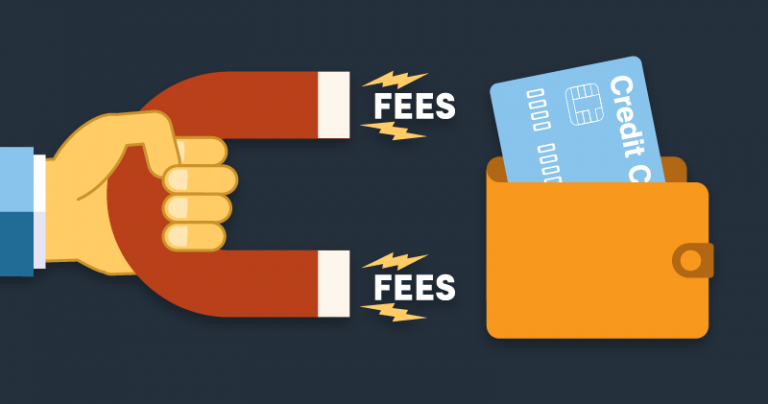What is a charge off?
A charge–off or chargeoff is the declaration by a creditor (usually a credit card account) that an amount of debt is unlikely to be collected. This occurs when a consumer becomes severely delinquent on a debt. Traditionally, creditors will make this declaration at the point of six months without payment. (Wikipedia)
In layman’s terms this means that you are so behind with one of your payments that, after few months (usually 6), your lender has lost any hope to recover their money, so they’ll write off your debt as a loss, cancel your account and demand that you pay the past due balance in full.
Financially speaking, a charge-off is one of the worst things that can happen to your credit history, since it will remain there, in the records for 7 and half years, just like bankruptcy.
Your credit score can lose up to 100 points because of this and any future relation with lending companies will have to suffer, because of your bad credit behavior.
Related article:
Improve Your Bad Credit Score in 5 Simple Steps
Ideally you shouldn’t get into this stage.
Always pay off your debt as much as you can and don’t let months pass before you make payments, since a charge off isn’t easy to remove and the effects are disastrous.
Anyway, we assume you are already in trouble, so let’s see how we can lower the damage.
How to remove a charge off from your credit report
Find out if it’s correct
Mistakes happen every day. There are small chances of you getting a charge off by mistake, but do find out if it’s accurate. Talk to your initial lender and see what their records say.
In the past, I had a similar issue with my car loan: they didn’t register a payment and called a collection agency against me. After discussing at the phone with them and being able to help them locate the payment, the problem was solved.
Always keep track of your payments, keep receipts as much as possible, or any type of records that will allow you to demonstrate your innocence.
In case your charge off is actually accurate, we’ll move onto the next step:
Negotiate with your initial lender
First of all I’d like to make it clear: under no circumstance you should try and get by without paying off your debt. I’m not teaching anyone to avoid payments, if you took their money, then pay it back.
Hence the idea of trying to pay off your debt, even if not in full.
Some economists advice you to pay off at least a part of that delinquent balance.
Find out what your initial lender wants from you and come to an agreement. By this time they already expect you to never make any payments again, they have classed your case as ‘lost’, so any attempt from you to still make payments is most likely to be appreciated.
Negotiate how much you can pay and what monthly payments are now acceptable. In most cases it’s impossible for you to pay off the entire balance, so your creditors will work with you on a plan.
Make sure you ask for the charge off to be removed from your credit report and get the agreement in writing. Most credit companies would agree to this, since it’s a win-win for both of you – they get their money back and you’ll get your credit report ‘cleaned’.
You can also send a pay for delete letter, asking your lender to remove the account from your credit report, once you have made all the agreed payments. Make sure this gets into the right hands (a manager or someone high in the company).
Paying off your debt might not get the status from your credit report removed all the time, but a paid charged off looks better than an unpaid charged off, for all your future lending.
This shows future lenders that you have paid your debt off and can still be considered for a loan, as opposed to someone who never bothered to make the payments anymore.
Wait it out
If nothing works, just wait for 7 years to pass.
After this time the credit report won’t show your charge off anymore, even if it will be seriously affected by it in the meantime. The good news is that the effect will lessen with time. Just as mentioned before a paid charge off would allow you to get a better score, even if not as good as having the entire charge off removed.
As a conclusion – stay off debt as much as possible and, when you do need a loan, pay it off as agreed with your lender and keep your credit score clean.
The seven steps to remove a charge off from your credit report are:
- Review your credit reports to confirm that the charge-off is being reported accurately.
- Dispute any errors or inaccuracies with the credit reporting agencies.
- Try to negotiate a pay-for-delete agreement with the creditor.
- Consider hiring a credit repair company to assist with the dispute process.
- Make all required payments on time and maintain a good payment history moving forward.
- Monitor your credit reports regularly to ensure that the charge off is removed once the required time has passed.
- Consider seeking legal advice if you are unable to remove the charge off on your own.





